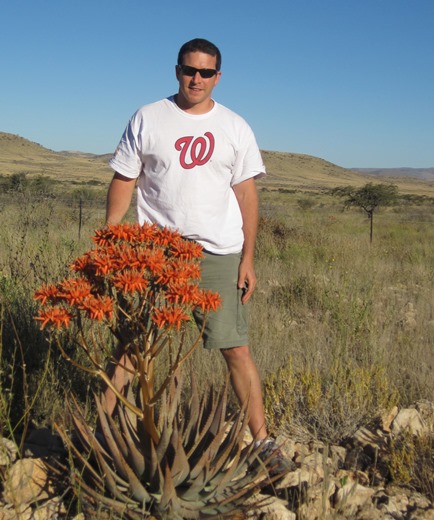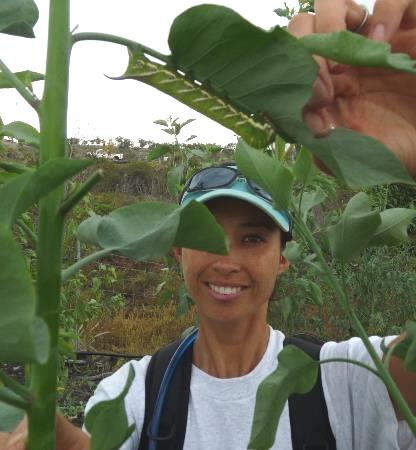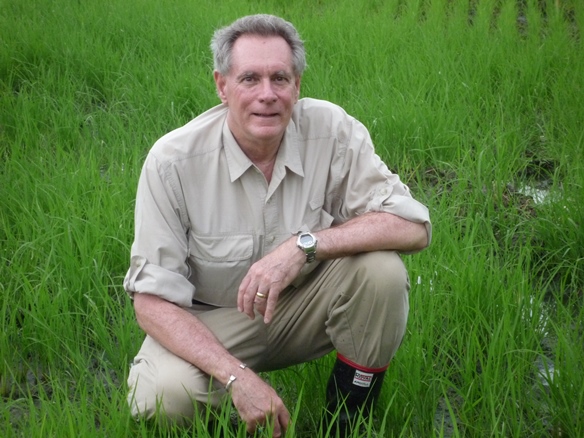| |
|
|
|
Contact the Pulelehua Project: pulelehua@ctahr.hawaii.edu, (808) 956-6745
Principal Investigators:
 |
Dr. William P. Haines was born and raised on Maui, and is broadly interested in the ecology, evolution, and conservation of island insects. In addition to managing the Pulelehua Project, he studies outbreaks of the koa looper moth, Scotoryrthra paludicola. Will received his B.S. in Biology from Cornell University, and Ph.D. in Entomology from the University of Hawaiʻi at Mānoa. He is currently a Researcher in the Department of Plant and Environmental Protection Sciences at UH Mānoa
. |

|
Dr. Daniel Rubinoff has been studying insects since childhood, and is currently Professor of Entomology at the University of Hawaiʻi at Mānoa. His lab explores relationships between populations, species, and broader taxonomic groups, with a focus on insects, using phylogenetics to identify new species and uncover hidden relationships. His current projects focus on the application of systematics to improving agriculture and conservation efforts in Hawaiʻi and elsewhere. |
Collaborators:

|
Cynthia King received her Bachelor of Science in Environmental Science, Policy and Management from the University of California Berkeley, and her Master's in Entomology from the University of Hawaiʻi at Mānoa. She now coordinates the Native Invertebrate Program for the State of Hawaiʻi, Department of Land and Natural Resources, Division of Forestry and Wildlife. The objective of the program is to expand the resources available to effectively inform resource management, monitoring, research, conservation, and policy decisions relating to federally listed Threatened and Endangered species, as well as otherwise rare and unique native Hawaiian invertebrates.
|
| |
|

|
Dr. John R. Leeper grew up in Hawaii and earned his MS and PhD in entomology at the University of Hawaiʻi at Mānoa. He has had a diverse global career in extension, industry and private consulting spanning subjects such as integrated pest management, pesticide resistance and synergy, product discovery and development, crop production practices to improve yield, and sustainable agriculture. He studied the life history and ecology of Vanessa tameamea as an independent project while a graduate student, and in his retirement has a renewed interest in the Kamehameha butterfly.
|
|
|